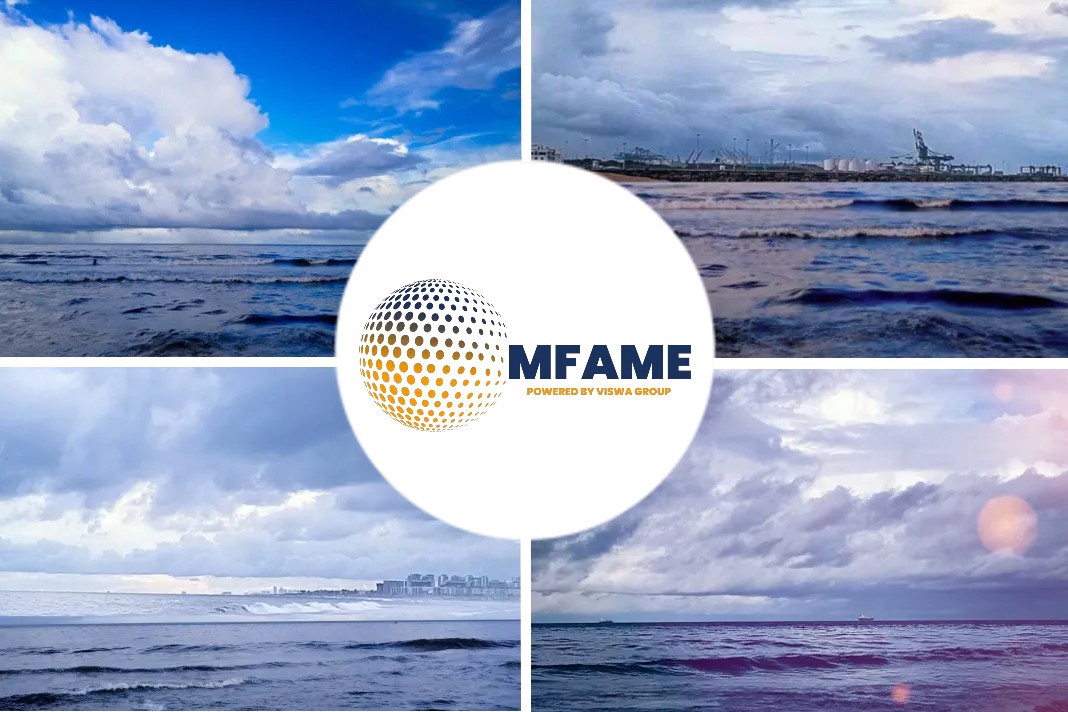
Biogenic Mussel Reef Has Potential As Coastal Protection Technique And Ecosystem Enhancer, reveals a Marine Insight news source.
Self-growing mussel reefs
Smartly constructed, self-growing mussel reefs at the boundary of shallow water (the foreshore) can reduce coastal erosion while making a positive contribution to biodiversity and the coastal ecosystem. This result comes from The Coastbusters research project.
On 16 October 2023, the project results were presented to the press in Ostend (B), and to policymakers, marine stakeholders and NGOs at an afternoon symposium. Coastbusters is a Blue Cluster project with partners DEME, Jan De Nul, Sioen, ILVO and VLIZ financially supported by VLAIO.
After six years of experimentation and scientific observation at sea, a new nature-based coastal protection technique is on the table. One of the innovative elements in it is the so called mussel shaker. The new technique uses mussels to build a reef that acts as a biologically-reinforced dune-by-dike underwater, as the first hurdle against storm surges. Beach and dunes then become the second line of defence.
The biggest challenge was to find how best to help biobuilders such as mussels and shell tube worms settle, under prevailing conditions.
‘There are now enough answers to speak of a promising concept. There is a blueprint for global application, sufficiently market-ready to start working with it in practice,’ say the Coastbusters partners.
Climate change and sand loss: serious challenges
Rising sea levels and possibly more frequent future storms make maintaining the basic coastline difficult in many countries. Governments must continually invest in dyke reinforcements, raising embankments and massive sand replenishments. Conventional ways of coastal defence risk becoming unaffordable. Nature-based, sand-saving coastal protection techniques are being developed and applied in many places: dune planting, artificial sandbanks of all kinds.
With their combined technical, biological, ecological and socio-economic expertise, Coastbusters partners targeted an innovative method from 2017: A biogenic reef in the foreshore, made from local bio-farmers, as a working underwater shore-by-dune or shore-by-beach.
Tomas Sterckx, Coastbusters project coordinator (DEME): ‘The cooperation with biologists is particularly enriching and has yielded new techniques for coastal protection. These techniques complement traditional methods, such as sand replenishment or dyke reinforcement. We now consider coastal zone management as a comprehensive approach to the entire coastal strip. Underwater biological protection lines prove to be a promising technique.’
Did you subscribe to our daily newsletter?
It’s Free! Click here to Subscribe!
Source: Marine Insight















